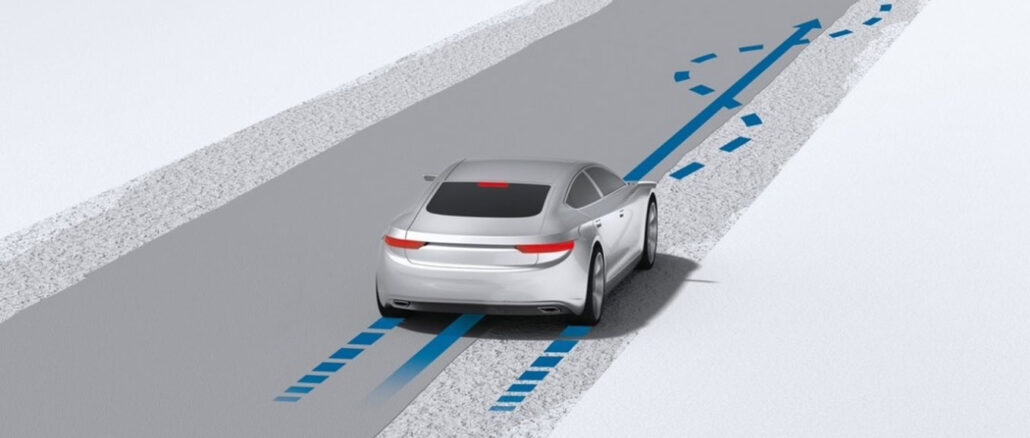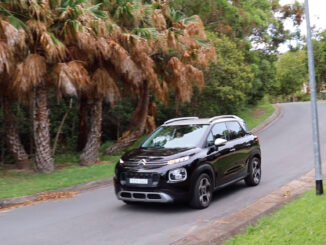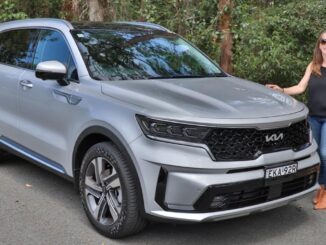What are ABS brakes?
If like me you can remember being taught to pump the brakes with your foot when you did an emergency stop to prevent the brakes from locking and the car from skidding, then you may understand how ABS does the same but much better than any human.
With ABS, the ABS automatically applies any foot pumping needed when you apply the brakes hard enough to cause the wheels to lock up. This means you can still steer the car while braking and stay in control. You may feel the pedal vibrating or hear a noise, but it's important that you continue to press the brake pedal.
This is a fantastic safety feature for anyone, so much so that all new cars sold in Australia must have it as standard by law. If buying a second-hand car, it is a good idea to check it has ABS as not all cars sold in Australia always have it as standard.
What are the pros and cons of ABS brakes?
Cars with ABS do not necessarily stop more quickly than those without it. ABS is designed to keep you in control of the vehicle during heavy braking situations rather than just stopping more quickly. On some surfaces like loose gravel, lightly packed snow or sand may even increase the stopping distance because locking up the wheel can help build up a wedge in front of the tyres. Some vehicles have a special off-road mode or snow and ice mode that re-tunes the ABS for better performance when braking in these conditions.
How does ABS work?
Sensors in your wheels can detect when your tires are locking, they then pulse the brakes (much faster and more controlled than you could humanly do it) to keep your car from skidding and you begin to stop immediately. You may feel the ABS vibrating in the brake pedal or hear a noise, continue to press the brake and steer until you are stopped safely.
What else are ABS brakes called?
I only know them to be called ABS or Anti-Lock Braking System.






Be the first to comment